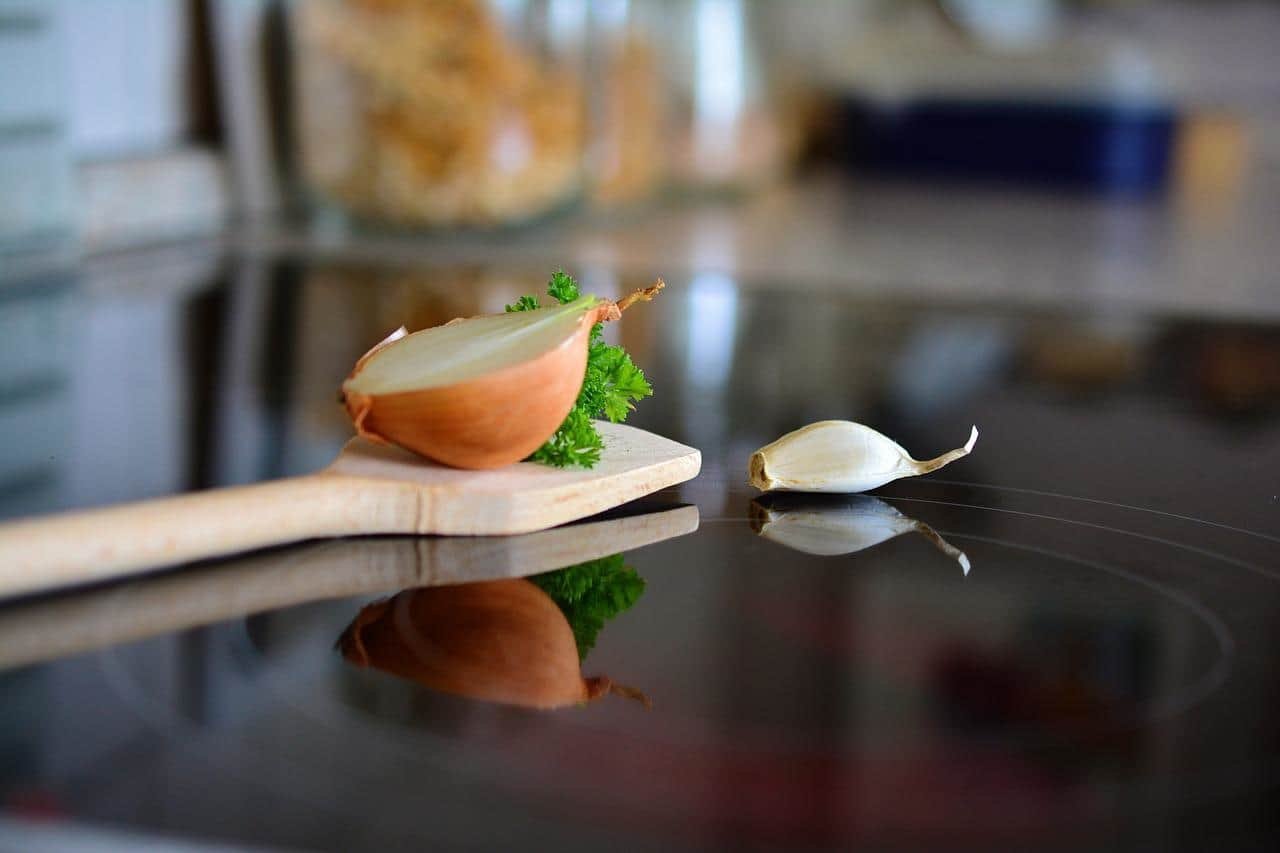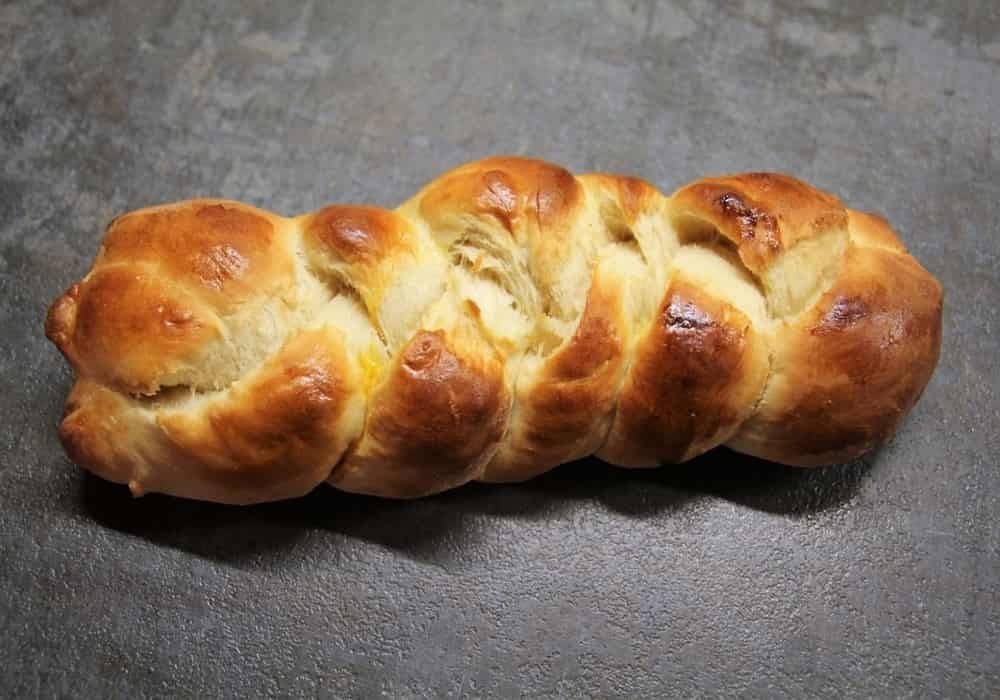Different Types Cooktops Electric
Induction or vitroceramic? The brands offer a wide choice of hobs to suit all needs. But is it still necessary to fully understand each of these technologies, their advantages and disadvantages and on what criteria to base their choice? Here are the different types cooktops electric:
WHAT IS THE DIFFERENCE BETWEEN INDUCTION HOB AND VITROCERAMIC?
Induction or vitroceramic? The brands offer a wide choice of hobs to suit all needs. But is it still necessary to understand each of these technologies, their advantages and disadvantages and on what criteria to base themselves to make their choice?
WHAT IS INDUCTION COOKING?
The operating principle of induction is based on a magnetic field created by a copper coil through which an electric current passes. This coil is located under the glass plate on which your pots, pans and other utensils will rest. To be sensitive to the magnetic field, the bottom of the container must be in a ferrous metal only. This includes enameled steel, cast iron or stainless steel.
ADVANTAGES OF INDUCTION HOB
- Ultra-fast temperature variation: essential for certain dishes such as pancakes or meats and more generally for anything you want to sear.
- Very precise temperature adjustment, down to the nearest degree.
- Possibility of ultra-low temperatures, very useful for simmering dishes or keeping warm without raising the temperature too much.
- Low energy consumption mainly due to the saving of time and energy thanks to the rapid rise in temperature.
- Easy cleaning: the plate does not heat up but only transmits the magnetic field, so nothing burns between the pan and the plate, leaving the latter ultra clean.
- Very high safety: no heat source and no heat diffused on the plate.
- The price: even if they are becoming more popular, induction hobs remain the most expensive to buy.
- Special induction equipment required: only cast iron, steel or utensils fitted with a ferromagnetic disc can be used on induction hobs.
DISADVANTAGES OF INDUCTION HOB
The latest generation induction hobs are equipped with many safety systems such as locking the controls to protect children, stopping the hob if cooking lasts too long or switching off the hob in the event of overflow. Finally, all you have to do is remove the pan from the hearth for the cooking to stop. This is due to the fact that the plate is no longer in contact with the ferrous container and therefore the magnetic conduction no longer operates.
WHAT IS VITRO-CERAMIC COOKING?
Vitroceramic cooking incorporates two technologies. There are in fact two types of hearths which heat up under the “vitroceramic” glass plate: They can be radiant, halogen, or even both. Radiant heaters are ideal for simmering, and halogens for more intense cooking. Equipped with a heat indicator, some ceramic hobs even offer overheating and overflow indicators.
ADVANTAGES OF VITROCERAMIC HOB
- Rapid rise in temperature: they are faster than traditional electric plates but slower than induction plates
- Visible heat indicators: little risk of burning yourself with a hot plate
- Easy to clean: just wipe the glass plate with a sponge
- Safety systems against overflow and overheating on most models
- More aesthetic: the smooth and shiny appearance is more modern than the old cast iron electric plates.
- No need to change pans
- Relatively low cost compared to induction
- High power consumption: halogen fireplaces, in particular, are big energy consumers
- Fairly slow cooling: once switched off, the hob continues to release heat like conventional electric hobs.
DISADVANTAGES OF VITROCERAMIC HOB
Glass-ceramic hobs with both radiant and halogen burners are the most versatile. They allow quick cooking as well as slow cooking and are well balanced in terms of energy consumption.
THE DIFFERENCES BETWEEN INDUCTION AND GLASS CERAMIC
Identical in appearance, they are two completely different cooking systems. Vitroceramic cooking is based on a fairly traditional process: Radiant heaters or halogens are sources of energy instead of gas or electricity. Conversely, the induction hob is based on a completely new process: heating using a magnetic field.
Induction ensures speed, precision, performance and comfort of use. Many arguments in its favor, which only the rather high purchase price contradicts. In addition, one of the big differences between the two systems lies in the safety of the induction: The fact that there is no longer any risk of burns is an important factor to take into consideration. Even elderly people who are not well adapted to technological change have opted for the induction system: no more burning cloths forgotten on the hob, or the risk of gas leaks.
Glass-ceramic has a number of advantages over traditional electric hobs, including easier cleaning and faster heat-up. In addition, its low cost compared to induction is also one of the major differences between the two systems. But beware, the savings made on purchase can quickly be erased in the long term by the more energy-hungry aspect of the glass-ceramic system.
VITRO-CERAMIC OR INDUCTION COOKING: WHAT TO CHOOSE
| Criteria | Induction | Vitroceramic |
| Purchase budget | – | + + |
| Energy consumption | + + + | + |
| No pans to change | – | + + + |
| Speed of cooking | + + + | + + |
| Cleaning – maintenance | + + + | + + |
| Security | + + + | + + |
You will find summarized in the table above the different types cooktops electric criteria for choosing between an induction hob or a ceramic hob. You can make your choice according to the criteria which seem to you the most important in your case. Some people will give a clear advantage to security when others will perceive the budgetary aspect as more important. Either way, both systems show real progress over older cooking methods and have already established themselves as key design elements in modern kitchens.
Read also: How to Can Food in Jars | Preserve Food in Glass Jars
THE MIXED HOB
The combi hob combines two different types of cooking zones. You can find on the plates three or four hearths composed of gas, electric or induction. The advantage of mixing fireplaces is that you can still use electric and induction when your gas bottle is empty and gas fireplaces in the event of a power cut.
DISADVANTAGES OF MIX HOB
The main disadvantage of the combi hob remains its price. Indeed, the combi hob is generally slightly superior to conventional hobs.
The price can also vary radically, depending on the number of fireplaces it is equipped with and, above all, their types. Thus, a mixed gas and electric hob costs between US$ 100 and 400, while a hob combining ceramic glass and induction will cost from US$ 400 to more than 1,000. From a practical point of view, the combi hob requires a suitable type of connection: for the gas and electric combination, it is necessary to think of the gas inlet as well as the electric socket. Finally, cleaning can be more restrictive: vitroceramic glass, for example, does not tolerate all cleaning products.
Comparison Light Bulbs and Different types (advantages disadvantages)
Sources: PinterPandai, Catsey, Golden Home Design, DifferenceKey
Photo credit: Congerdesign / Pixabay



